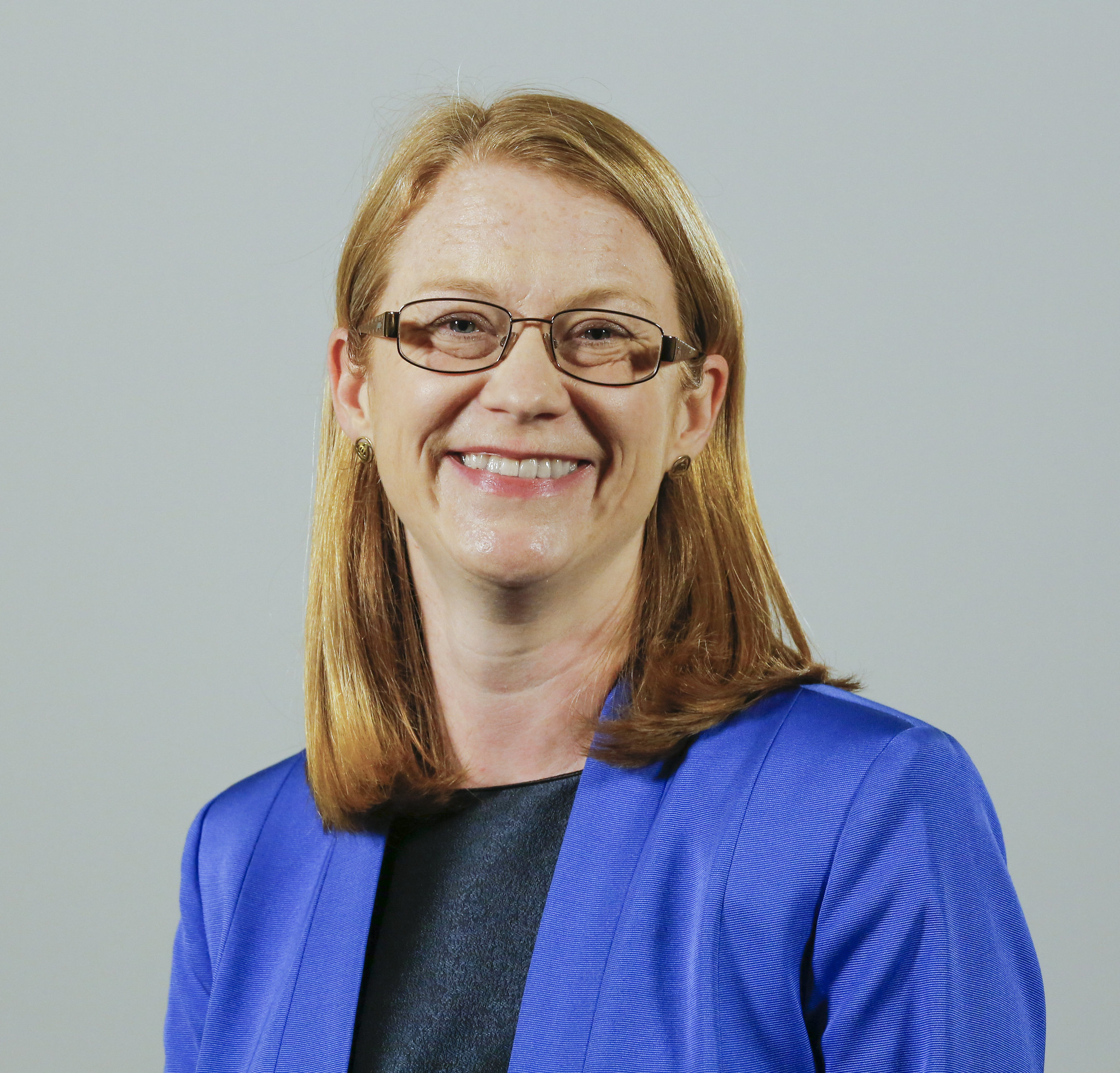Guidance for schools on supporting transgender children published

Shirley-Anne Somerville
New guidance for schools on supporting transgender children and young people has been published.
The guidance contains real-life examples, best practice and advice on a range of issues that are known to affect transgender pupils including bullying, safety and privacy.
The guidance also recognises the importance of privacy and safe spaces for girls and boys within schools.
On the use of personal pronouns, the guidance states: “Some transgender young people, especially those with a non-binary gender identity, are unhappy about people referring to them as ‘he’ or ‘she’, and use the gender-neutral pronoun ‘they’. Other, rarer, non-binary pronouns include ‘zie’ or ‘ey’ or ‘per’.
“Using particular pronouns is an indication of someone’s gender identity. Staff should take care not to ‘out’ a young person by using a pronoun which differs from the one which the young person usually uses in public. Similarly, staff and young people should avoid
misgendering a transgender young person. Using the correct pronouns is the right and respectful approach to including transgender young people. Where the wrong pronoun is accidentally used they should simply apologise and try not do this in the future.”
Education Secretary Shirley-Anne Somerville said: “Pupils are happier and learn more at school when they feel safe, respected and included.
“We know transgender young people can face many issues in schools and that teachers and staff must have the confidence and skills to support their mental, physical and emotional health.
“This guidance outlines how schools can support transgender young people while ensuring that the rights of all pupils are fully respected. It provides schools with practical suggestions. The guidance is not prescriptive and does not promote transitioning.”
Carrie Lindsay, president of the Association of Directors of Education Scotland, said: “ADES welcomes any resource that helps give schools information and advice about how they can ensure an inclusive school ethos and environment for all of our children and young people.”





